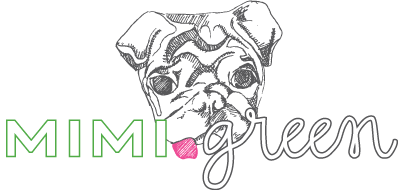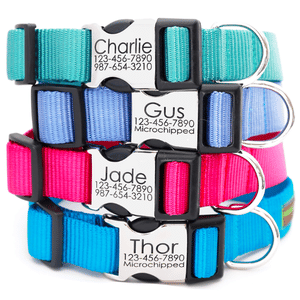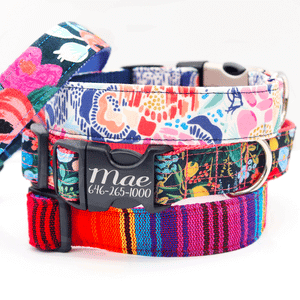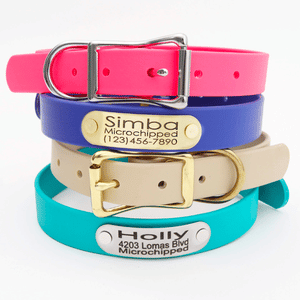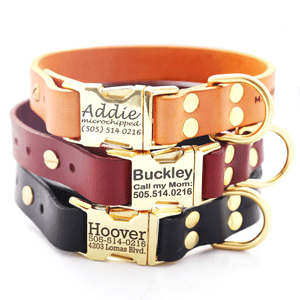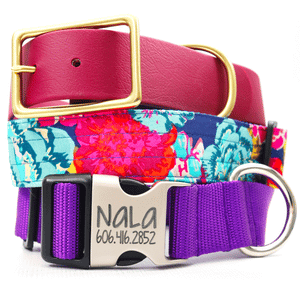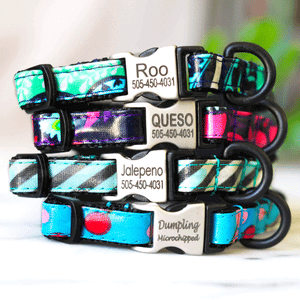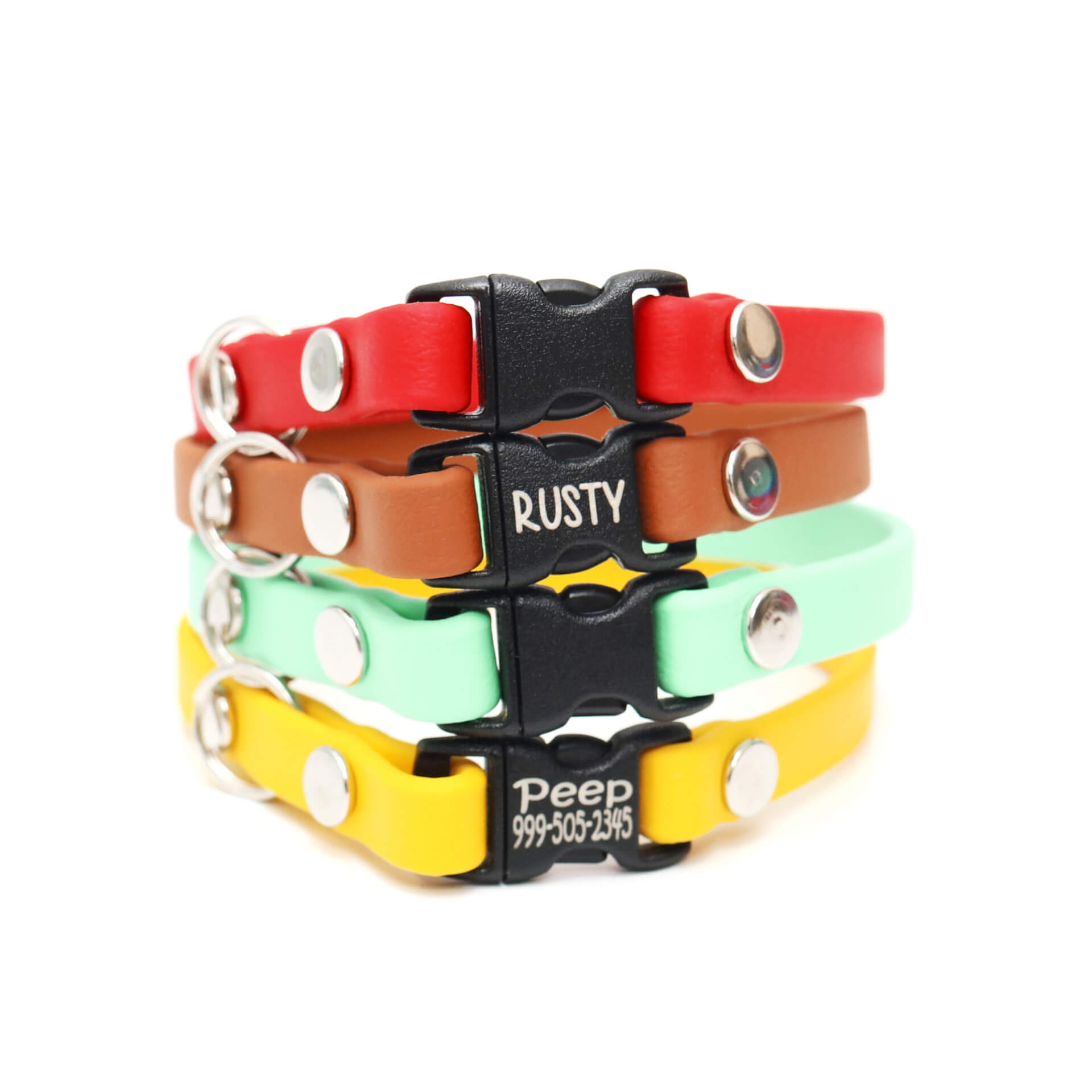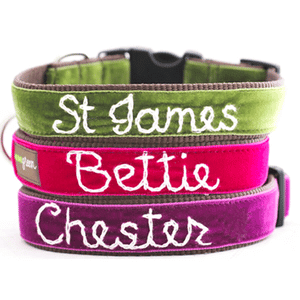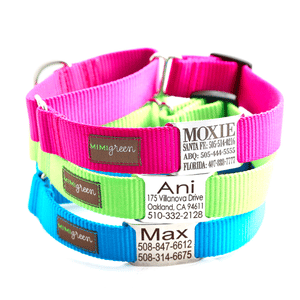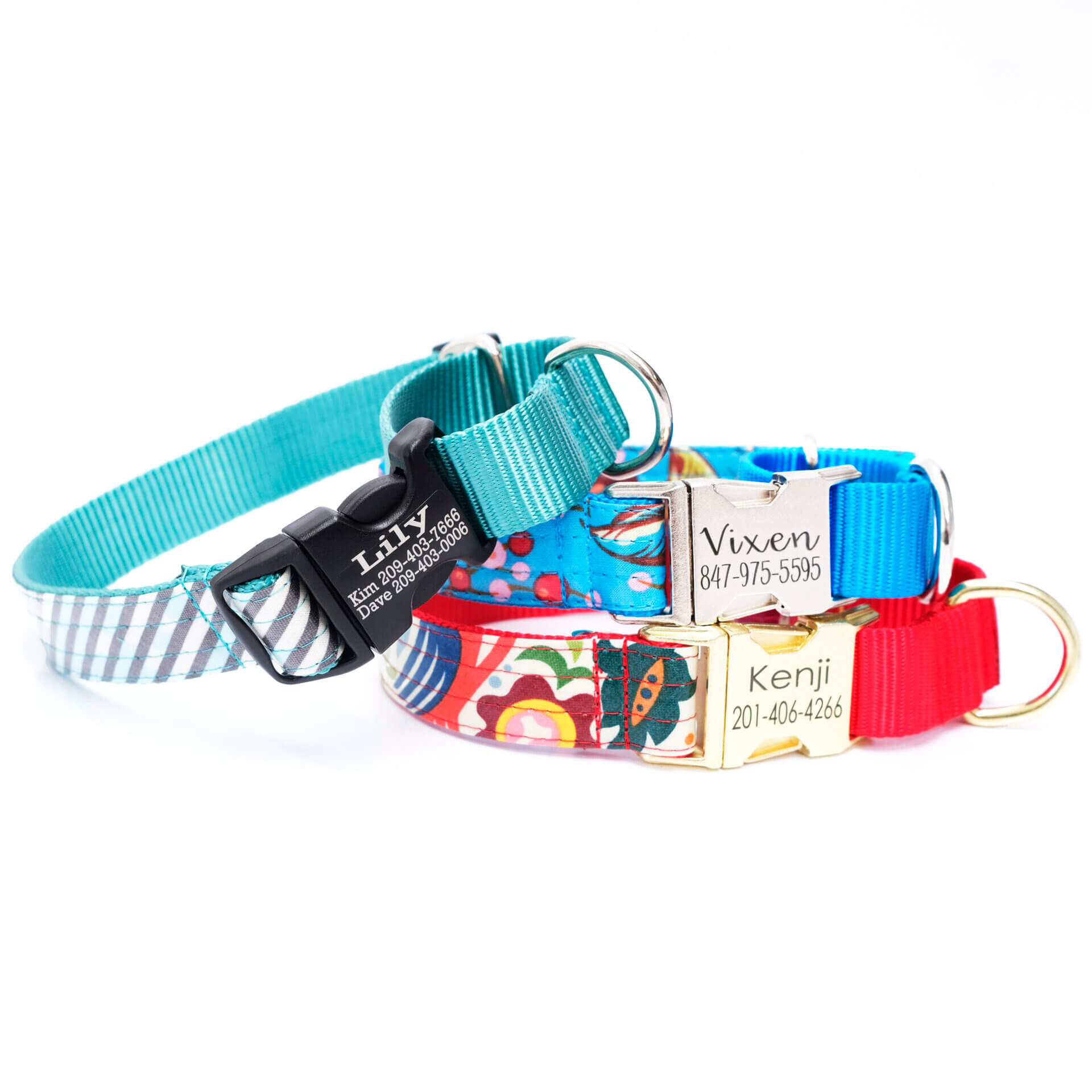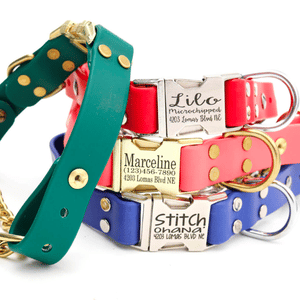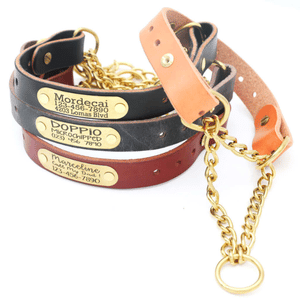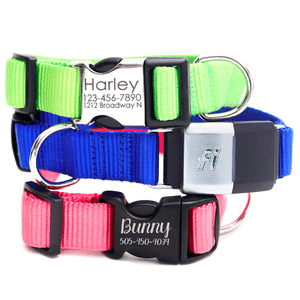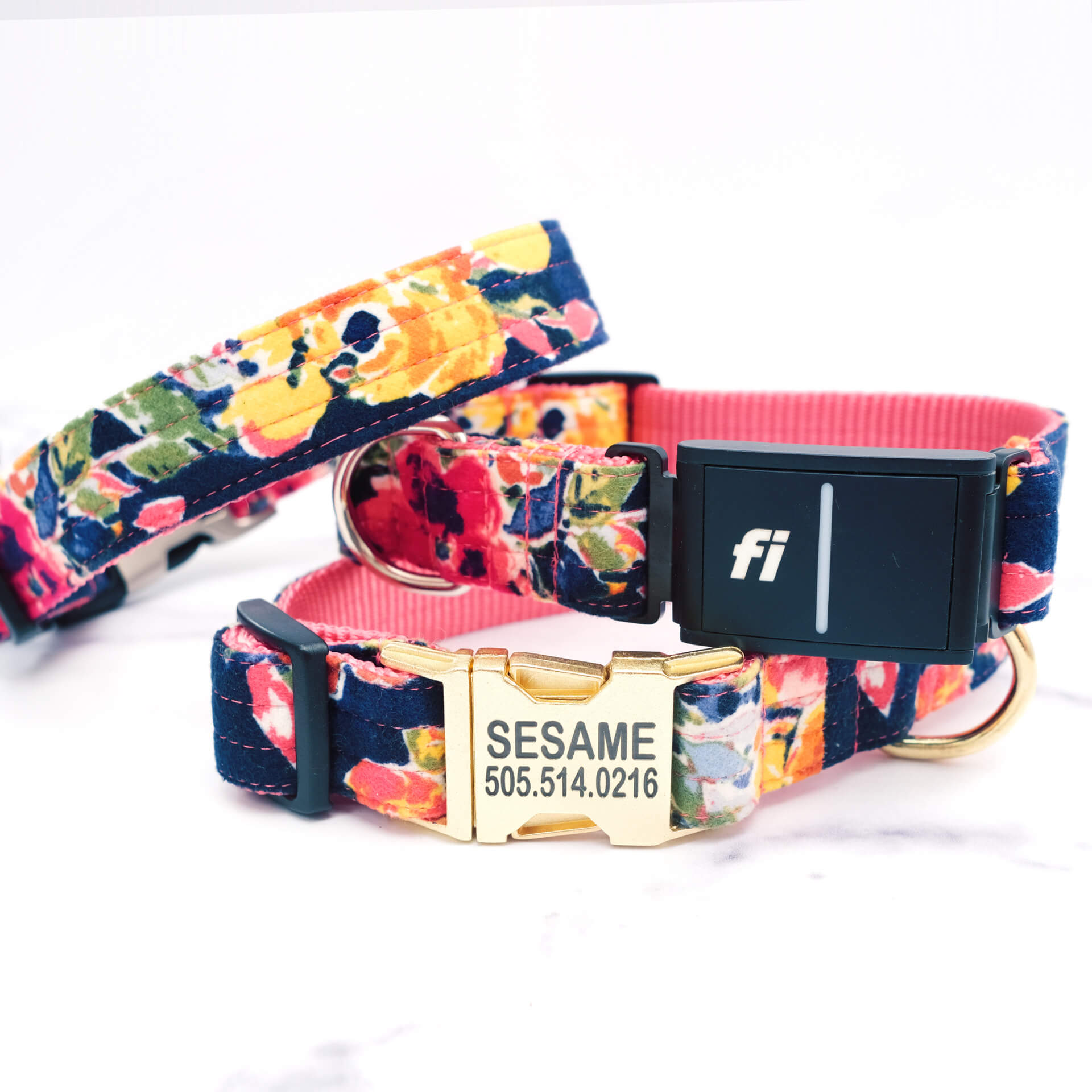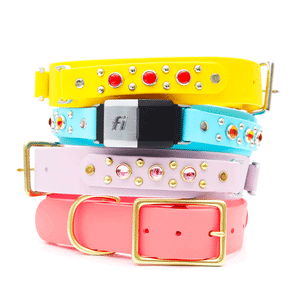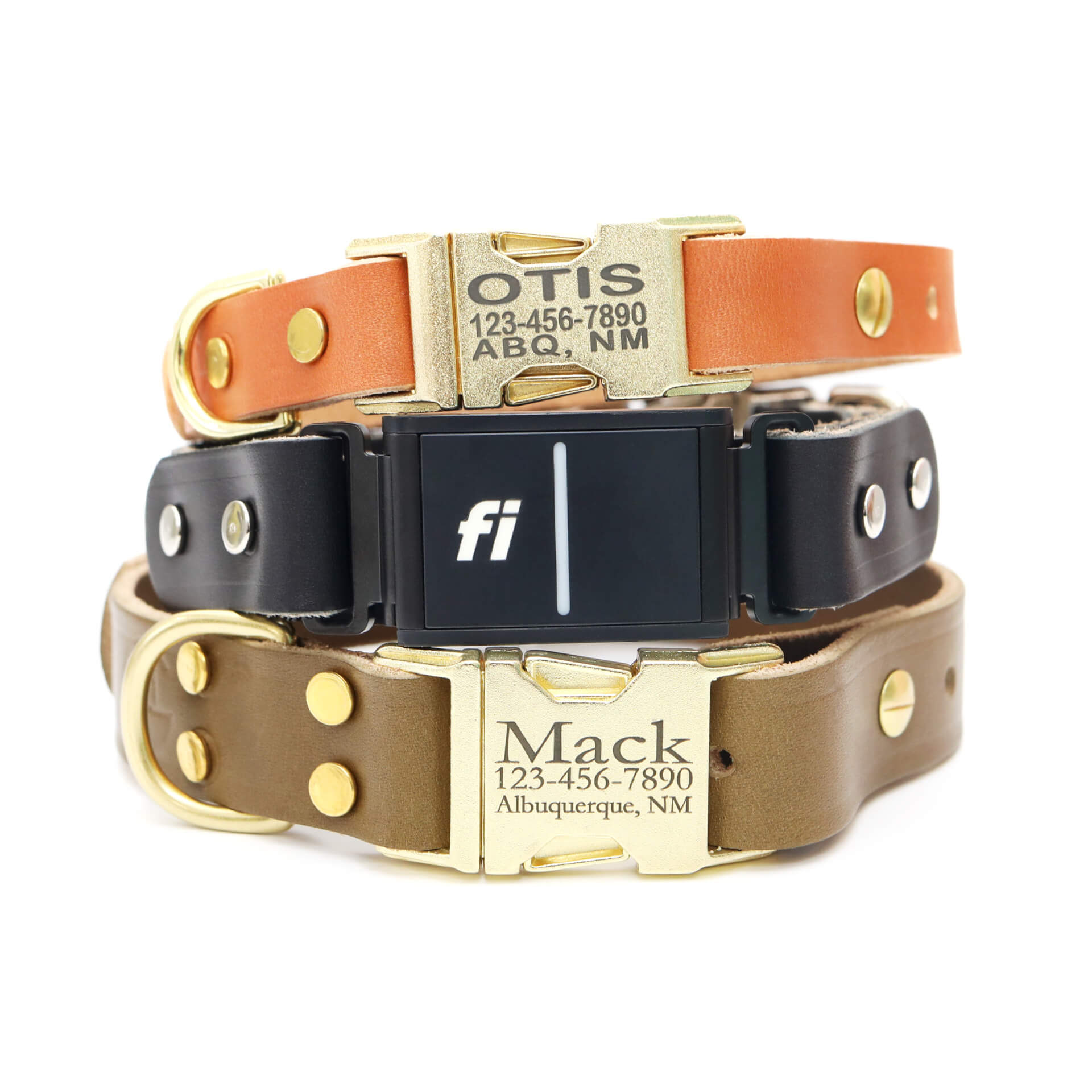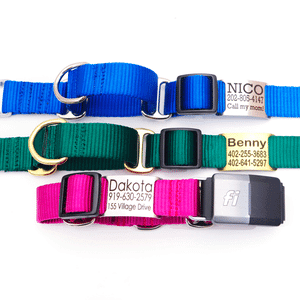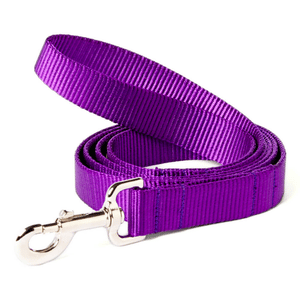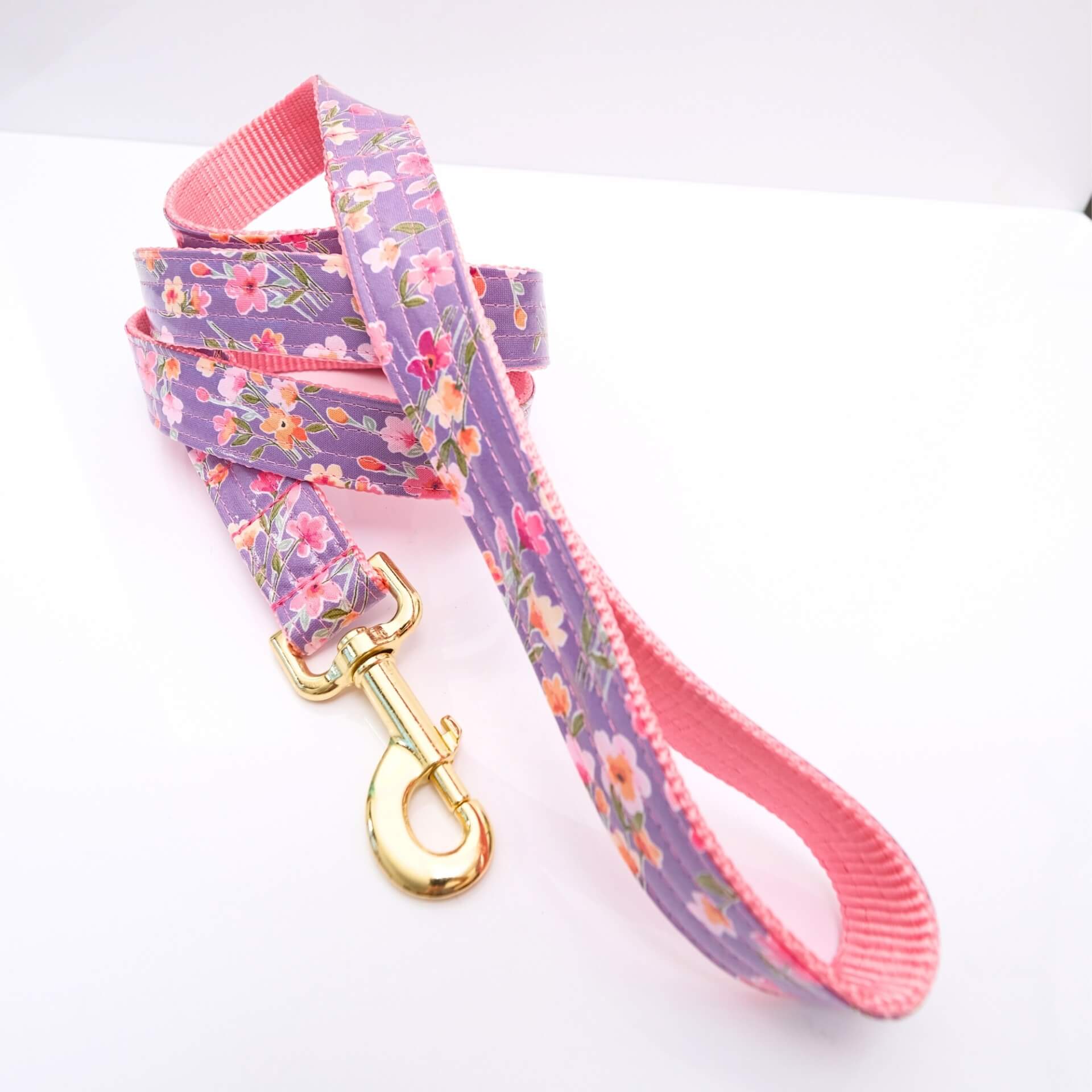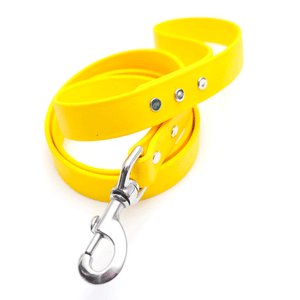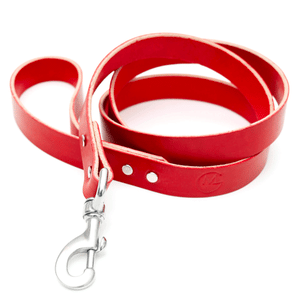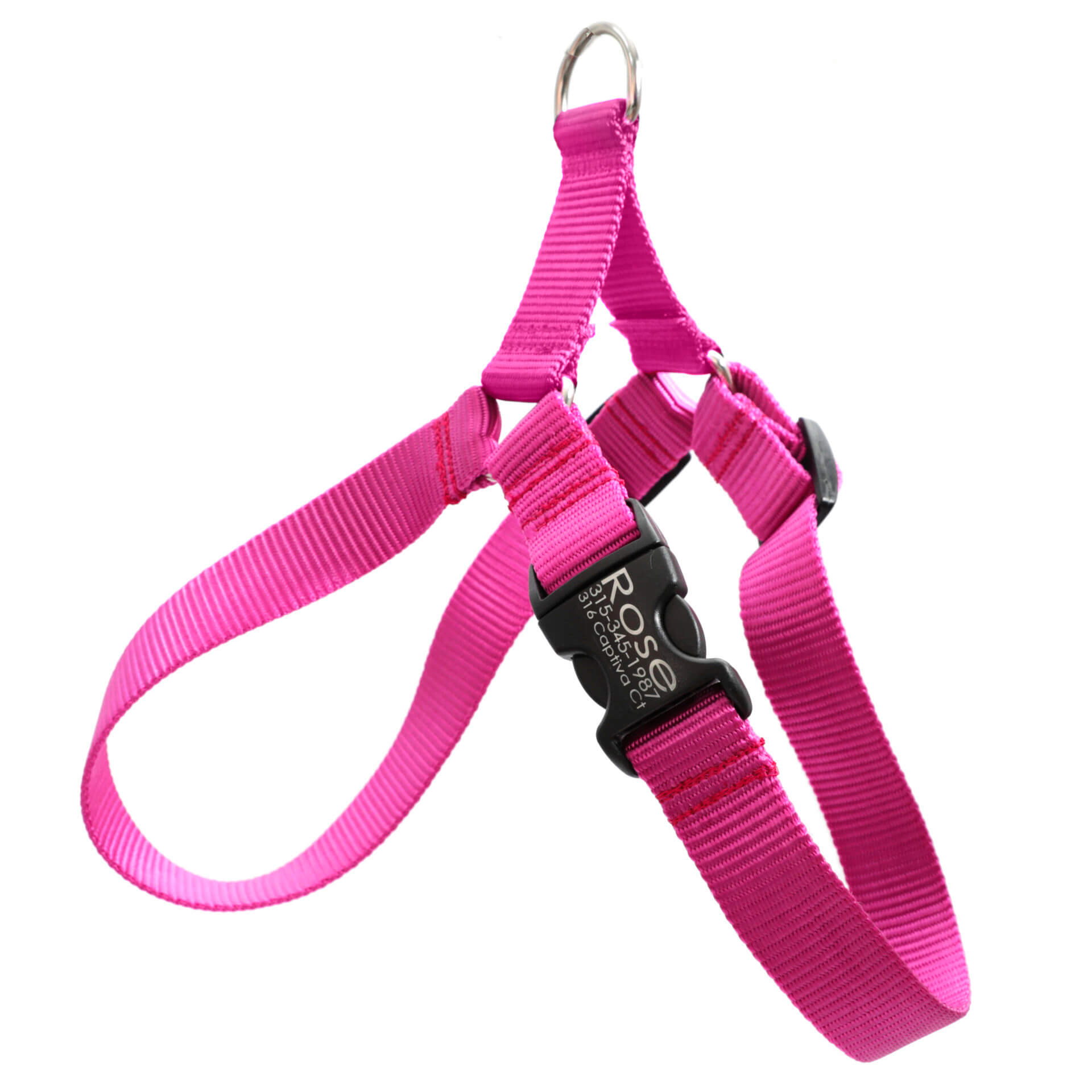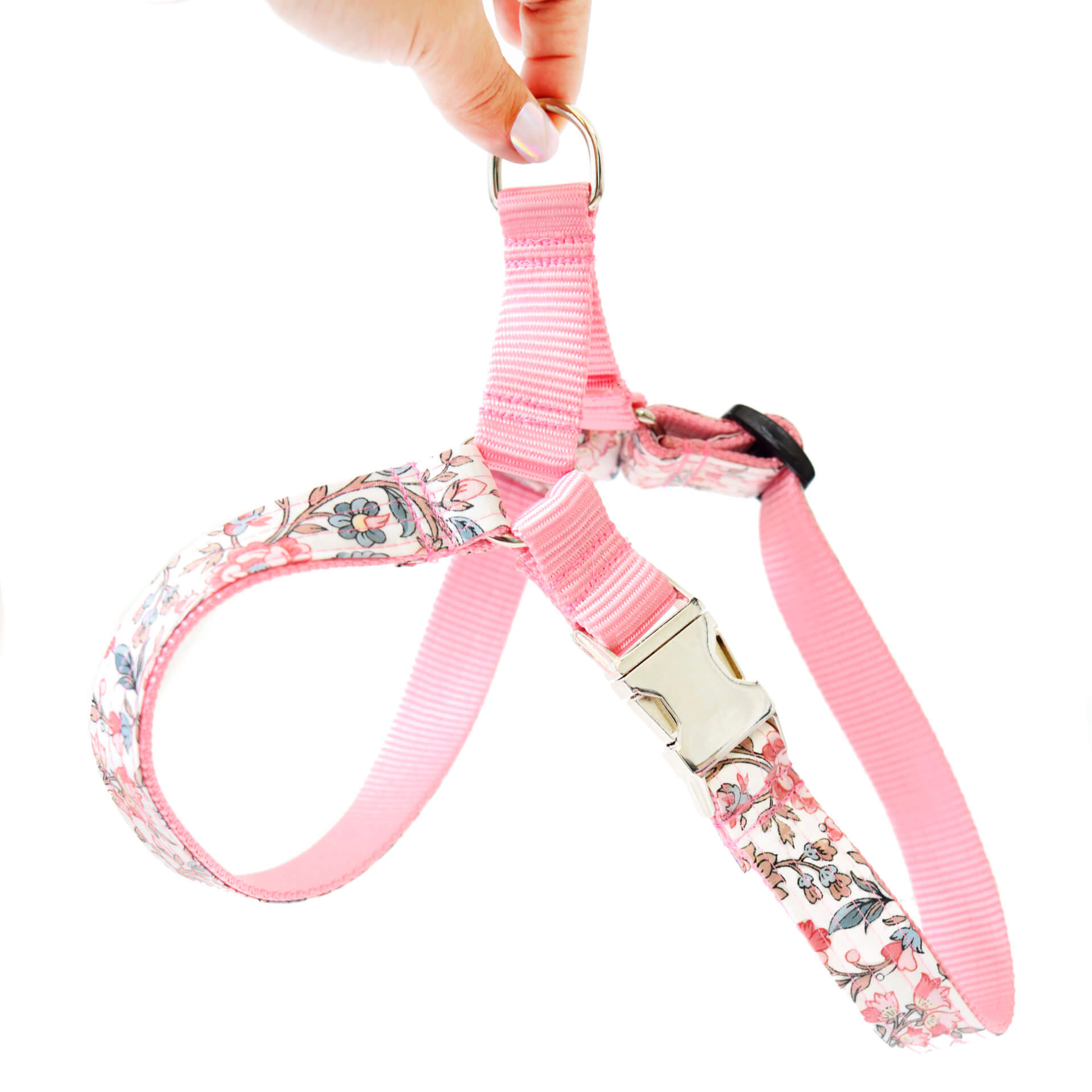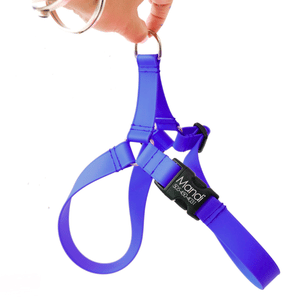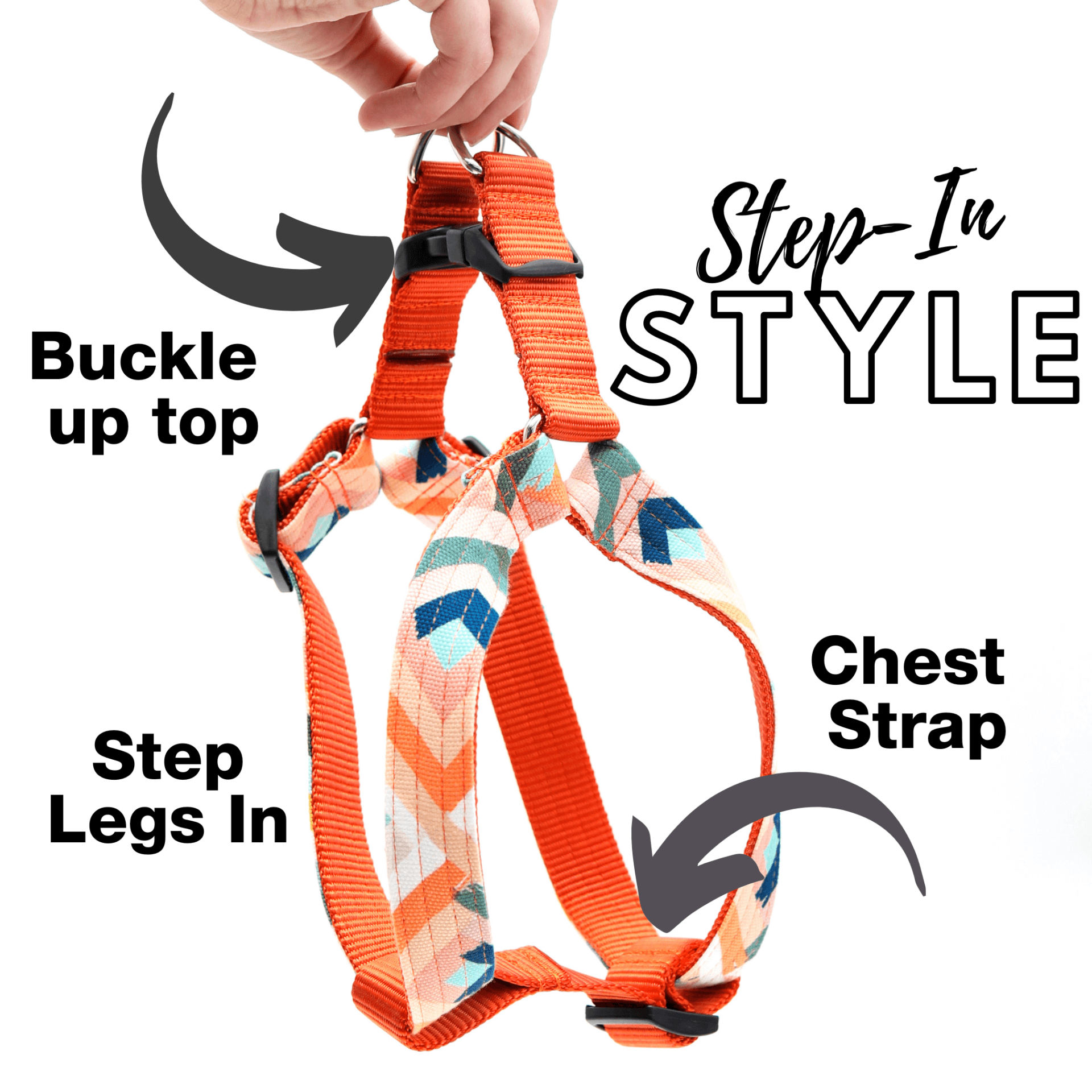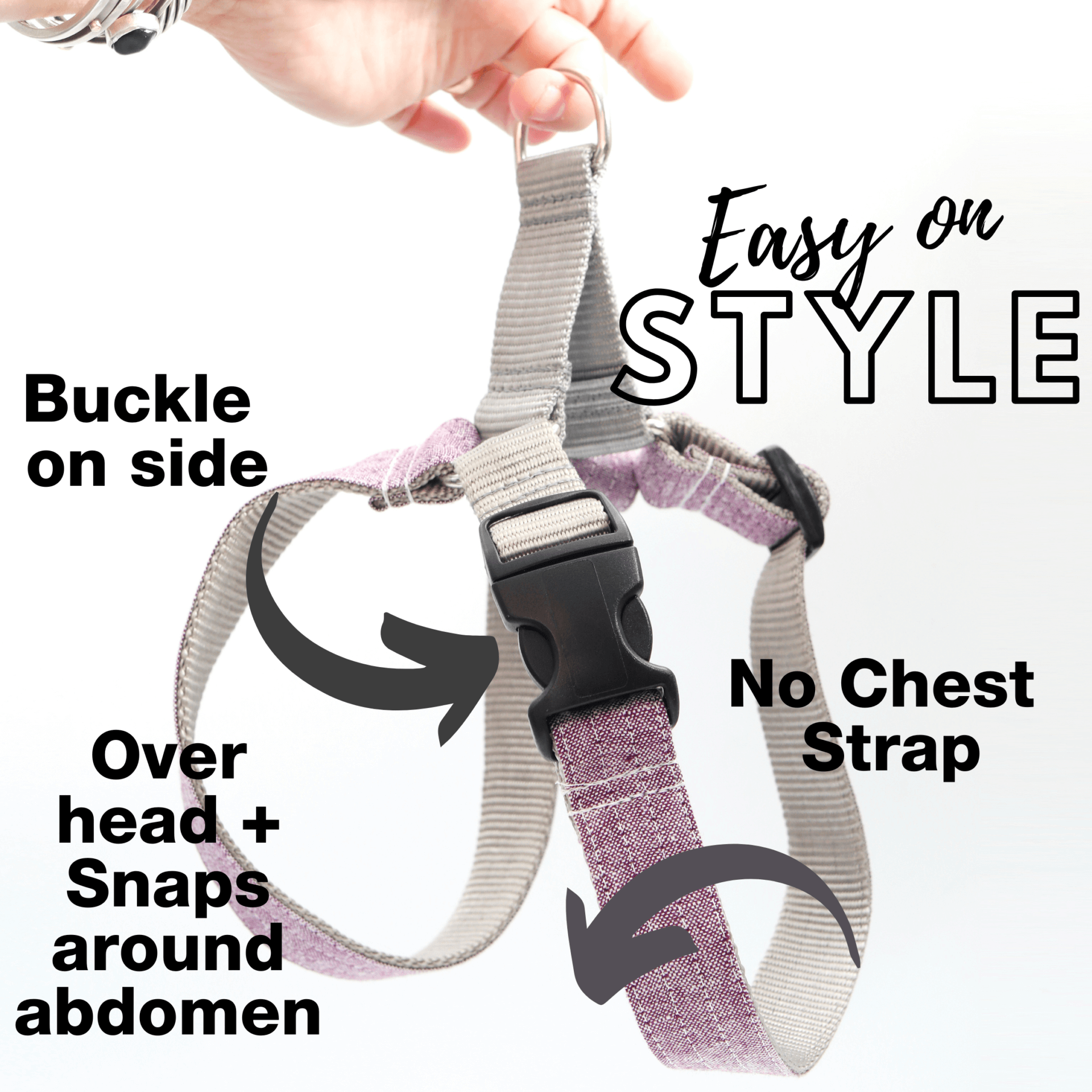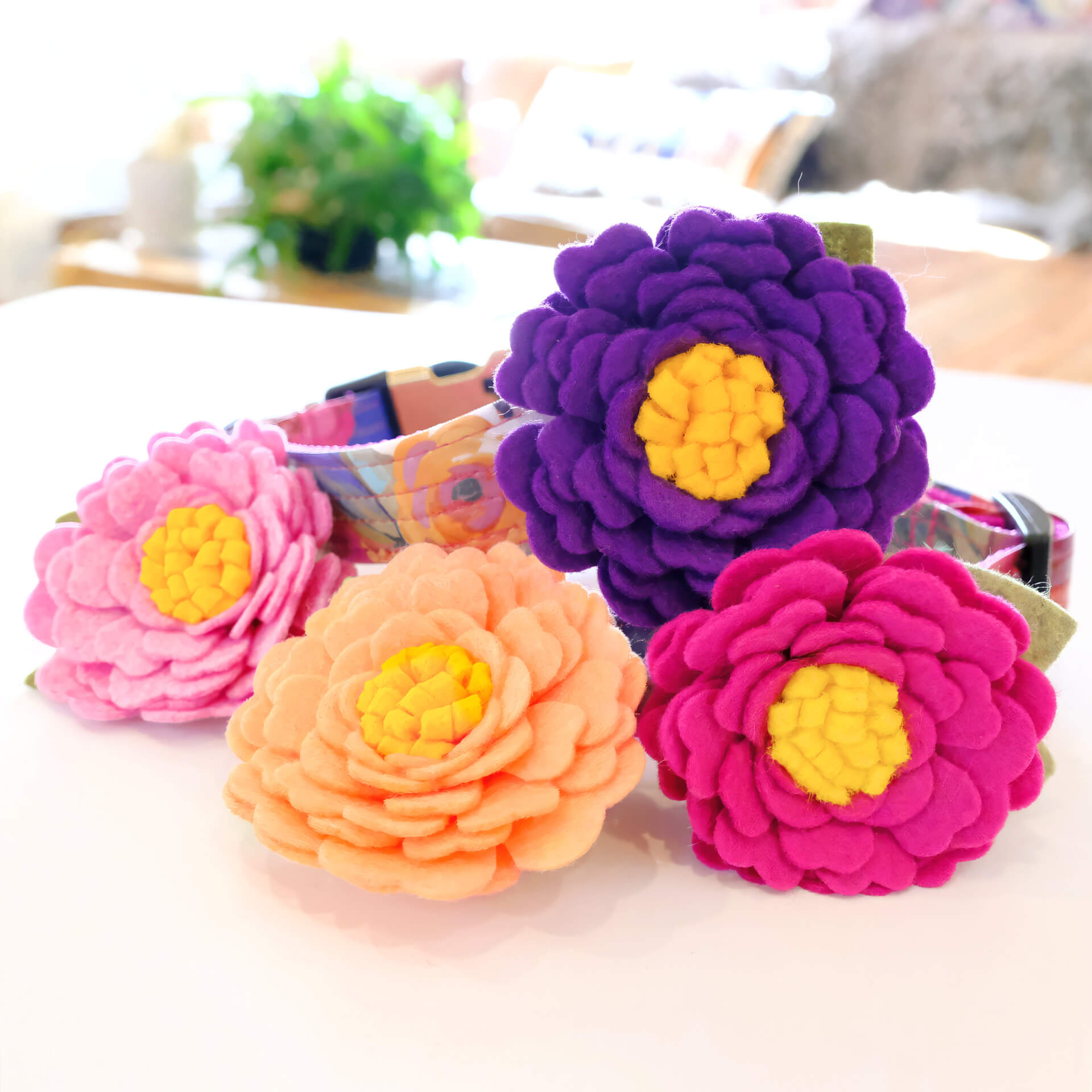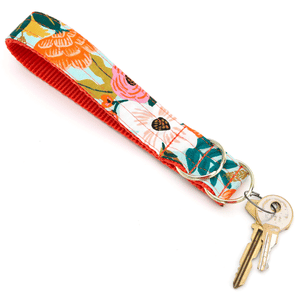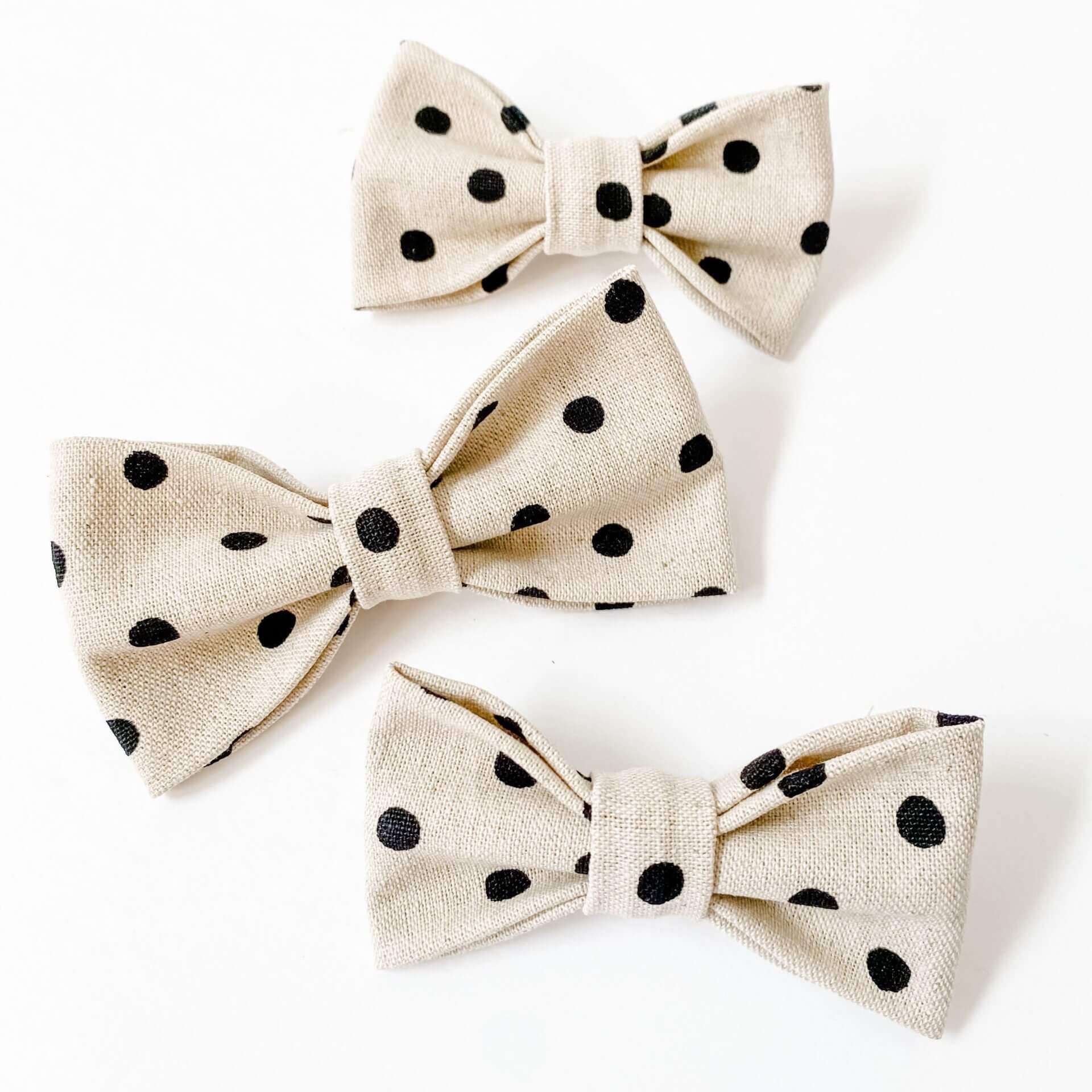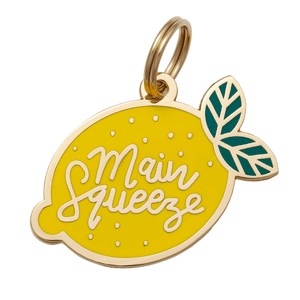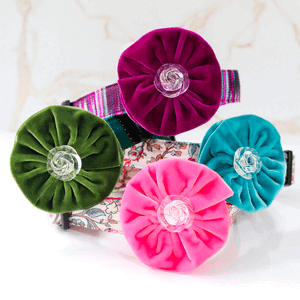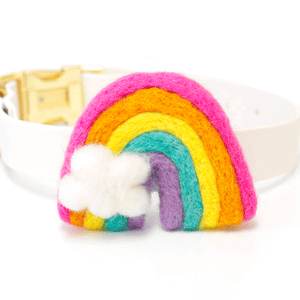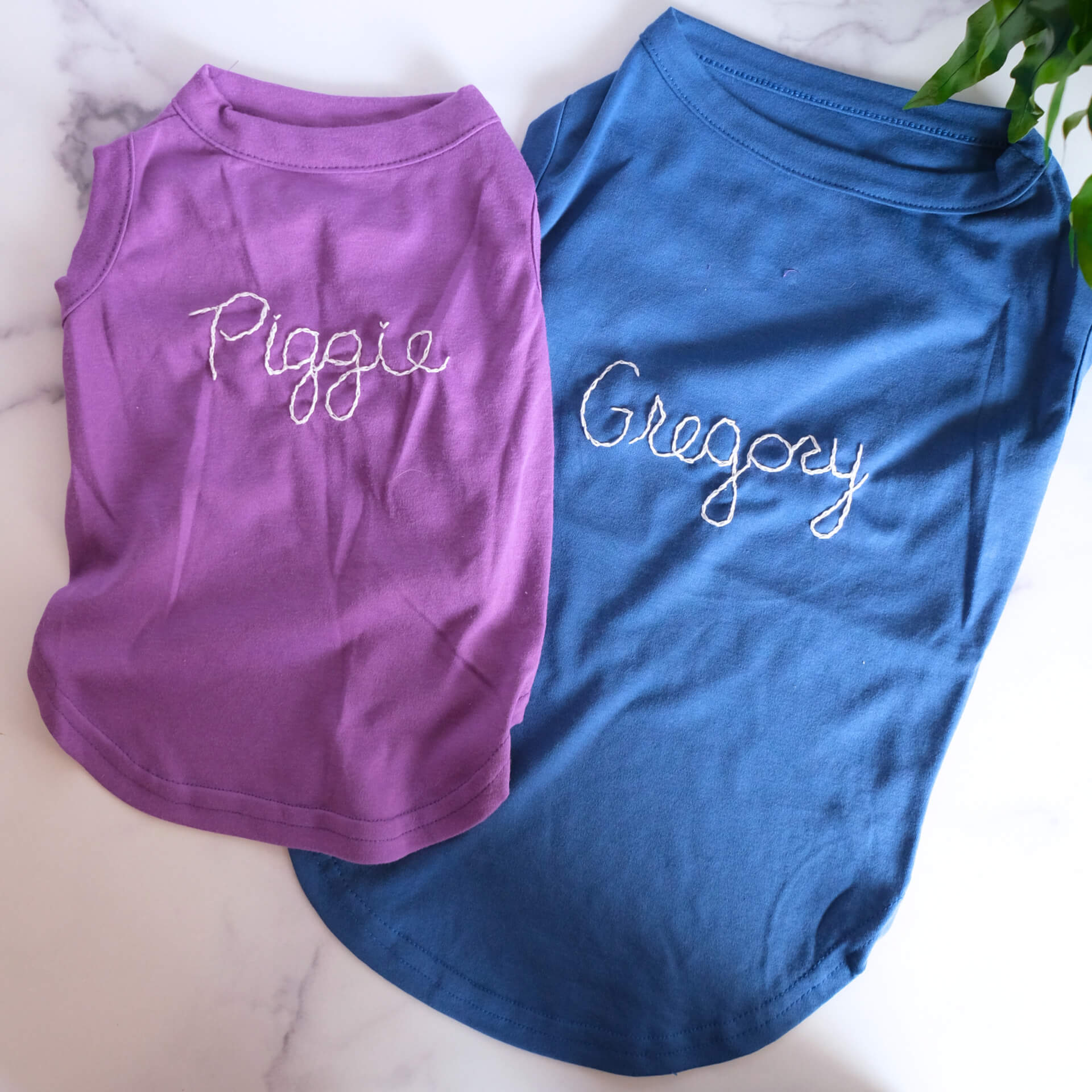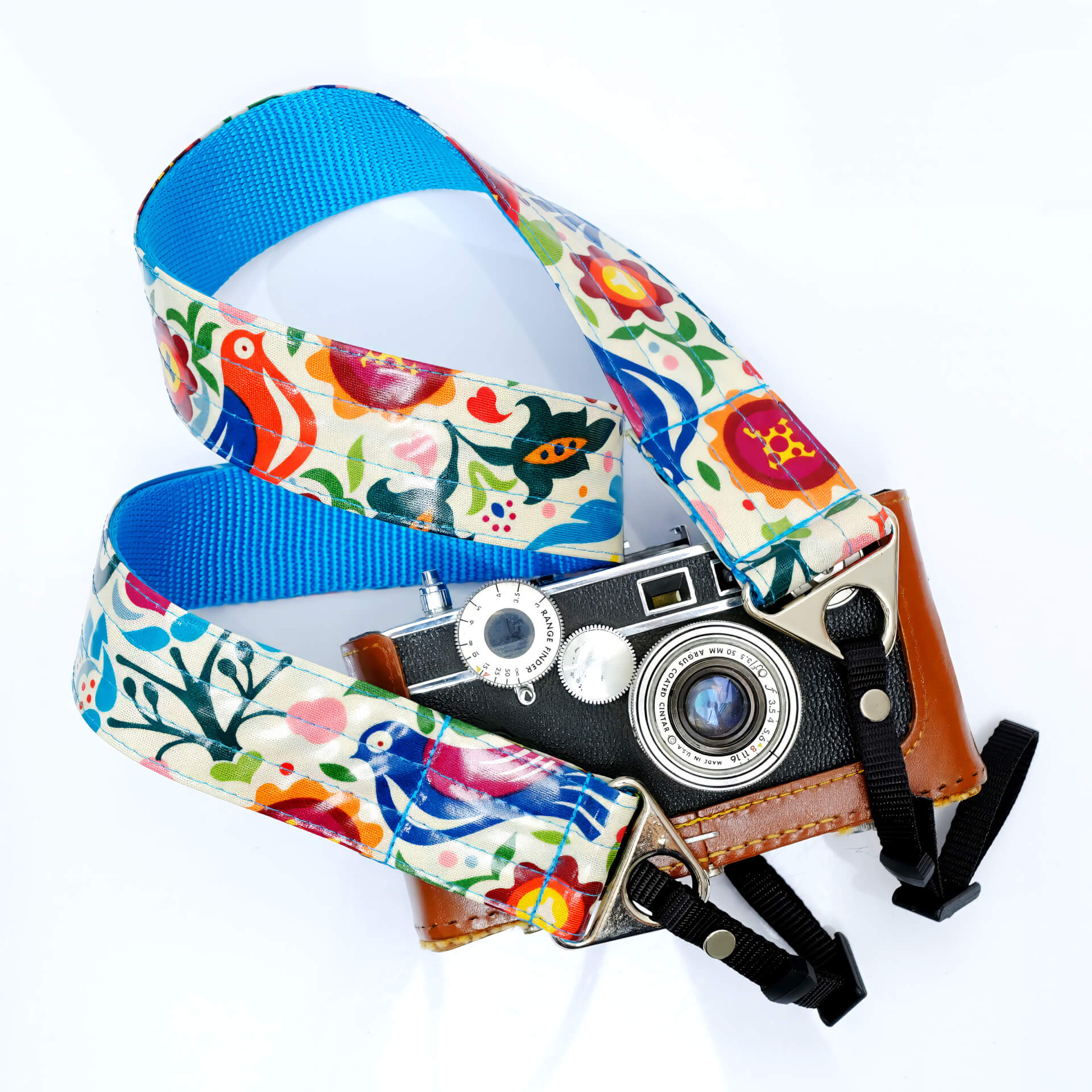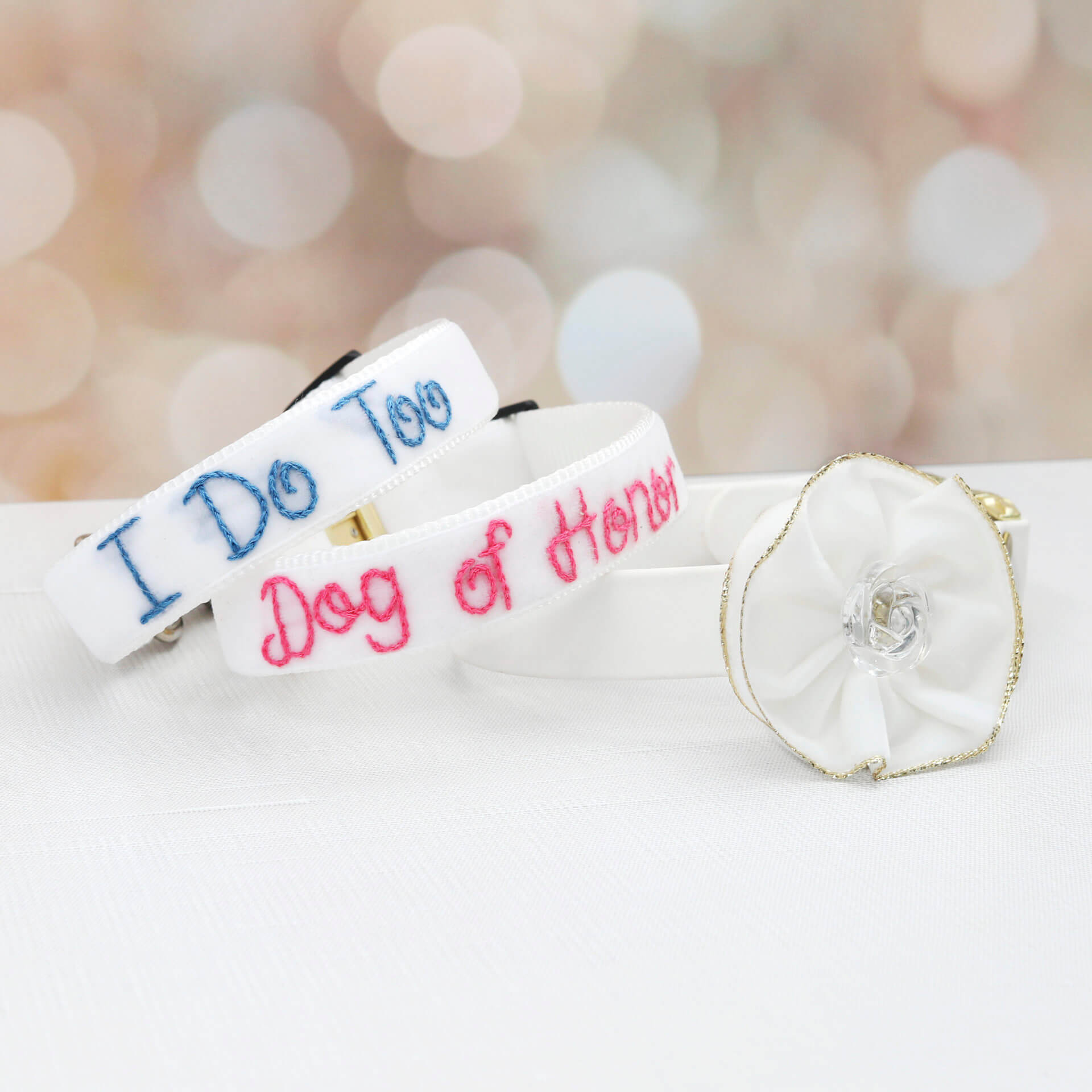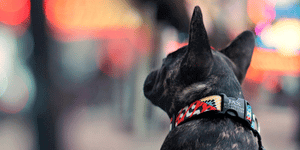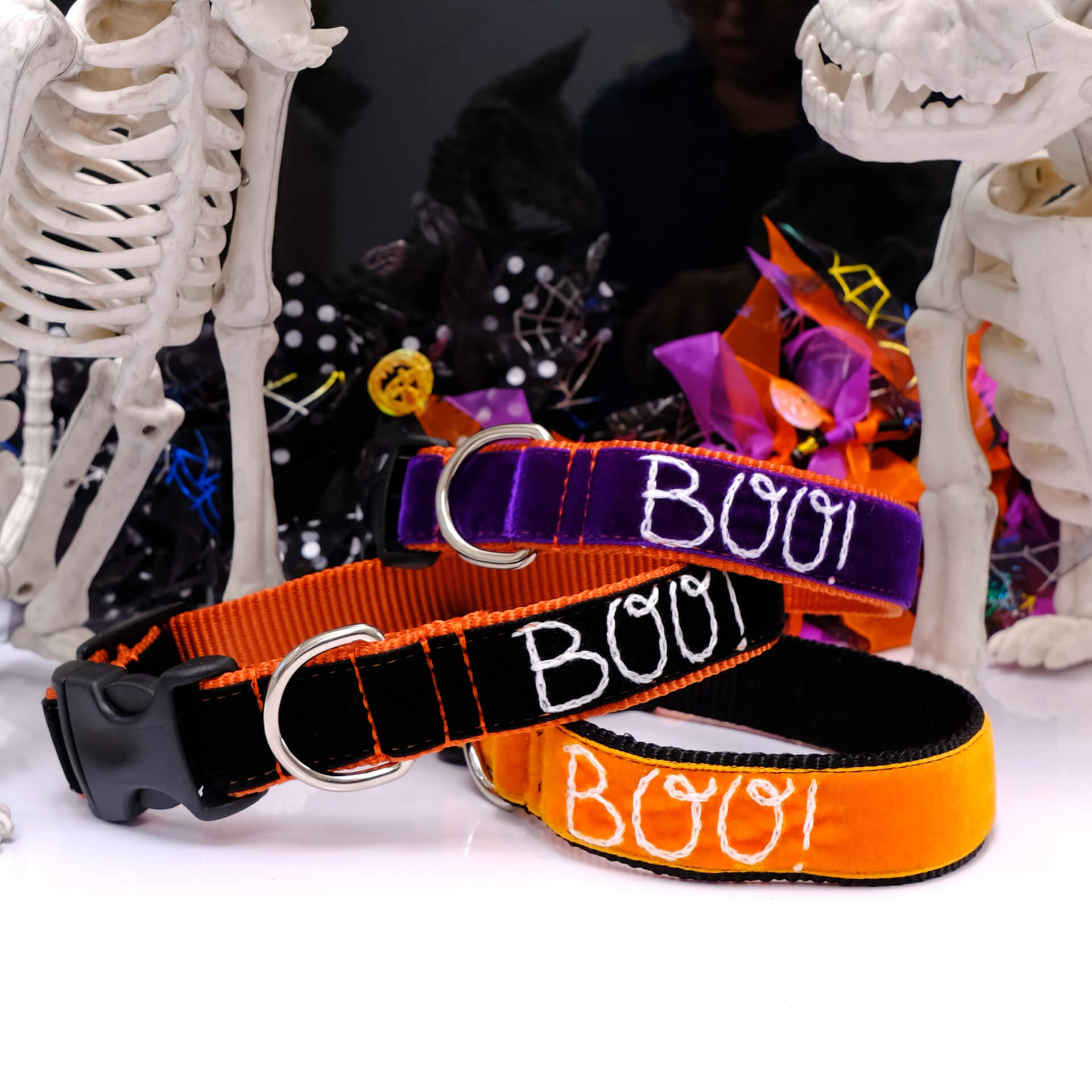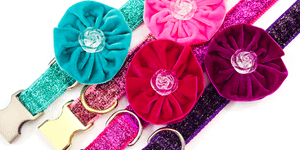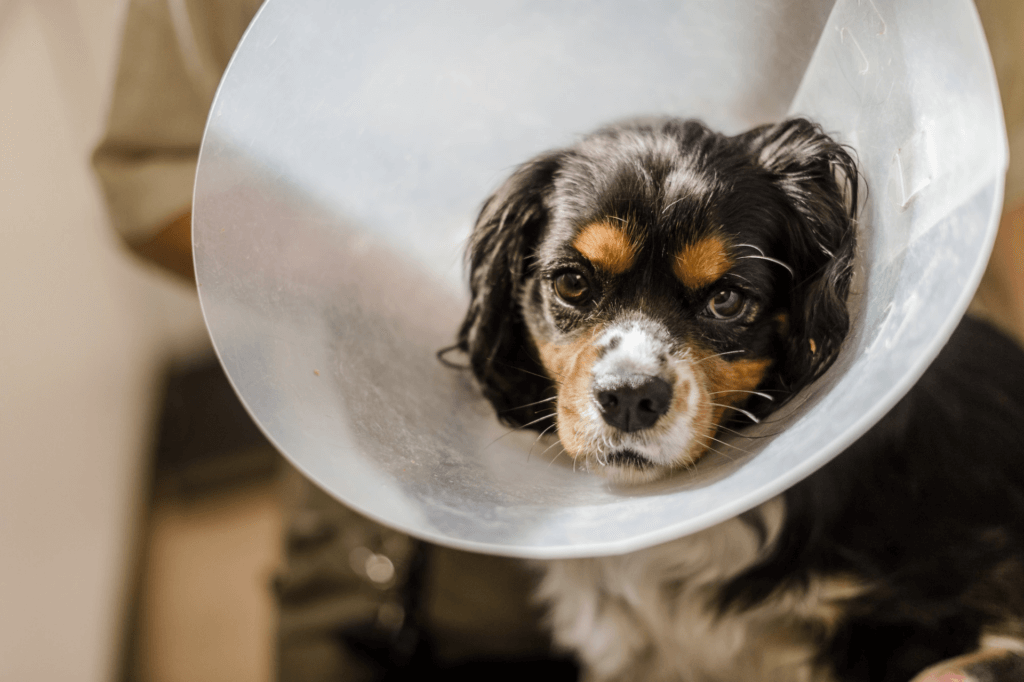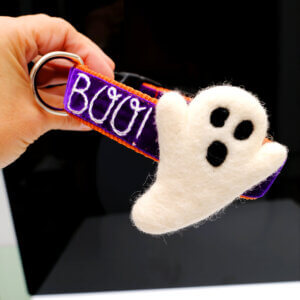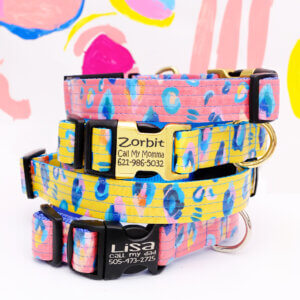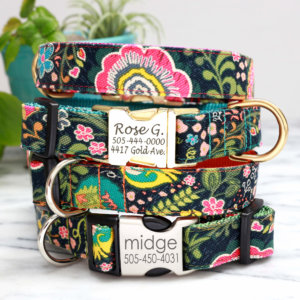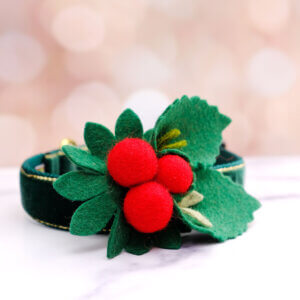Blog
Stop Dogs Licking Wounds: Collar & Cone Alternatives
Collars that stop dogs from licking wounds include rigid cones, inflatable collars, neck braces, surgical suits, and creative DIY options. Each works differently based on wound location, dog size, and behavior. Find what fits your dog’s healing needs best.
When your dog has a wound, keeping them from licking it can feel like an endless battle. The fastest, most effective way to stop a dog from licking wounds is using a rigid plastic e-collar, often called the “cone of shame.” This creates a physical barrier that prevents access to most wound areas. But that doesn’t mean it’s the only option.
Some dogs adapt easily to cones. Others struggle, pushing bandages off with the cone edge, breaking cheap versions, or slipping around them entirely.
If you want to dive into a full breakdown of every option, from cones to bodysuits to simple household hacks, keep reading. This guide will help you choose what works for your dog’s situation.
Leg Braces, Wraps & DIY Solutions
For dogs dealing with lower leg wounds or hard-to-cover injuries, specialty braces can serve as an alternative or addition to collars.
These orthopedic-style braces create a physical barrier around the leg, preventing direct access to the wound while still allowing mobility. They’re particularly helpful for dogs that refuse to tolerate any type of collar or suit.
In some cases, creative pet owners have turned to DIY solutions using household items. Pool noodles, when cut and secured around the affected limb, can act as a soft but rigid buffer that blocks access. Similarly, T-shirts or sweatshirts, strategically fitted and fastened, can prevent dogs from reaching mid-body or leg wounds.
While these improvised solutions may work short-term, they’re only effective with constant supervision and proper securing to avoid accidental access.
Regardless of whether you use commercial braces or DIY wraps, always ensure your solution doesn’t impede circulation, mobility, or create additional irritation. Your veterinarian can help guide whether these options are suitable based on your dog’s wound type and personality.
Bitter Sprays & Distraction Tactics
Many pet stores offer bitter-tasting sprays designed to discourage licking or chewing. The concept sounds promising: spray the bandage or area, and the unpleasant taste will stop the behavior.
Unfortunately, in practice, some dogs either ignore the taste entirely or simply tolerate it long enough to keep licking. The result? Bitter sprays may work for some dogs but fail completely for others.
Instead of relying solely on deterrents, enriching your dog’s environment can help redirect their obsessive licking behavior.
Lick mats smeared with safe treats, frozen peanut butter, or long-lasting chews can keep your dog mentally engaged and less fixated on their wound. This behavioral management approach works especially well when combined with physical barriers, making healing less stressful for both dog and owner.
Matching Collar Types to Wound Location: A Quick Guide
Because no single solution works for every wound, here’s a simple breakdown to help match the tool to your dog’s specific situation:
| Wound Location | Best Solution Options |
| Torso/Abdomen | Full-body suit, rigid cone |
| Rear Legs | Rigid cone (extra long), leg braces, stacked cones |
| Face/Head | Inflatable collar, Bite-Not neck brace |
| Paws | Braces, wraps, supervised care |
Choosing the right approach depends not only on wound placement, but also on how determined and flexible your dog is.
The 5 Biggest Worries Dog Owners Share
When navigating wound care, dog owners consistently express these recurring frustrations:
- “He still reaches his wound!” Even with multiple collars or barriers, flexible or determined dogs sometimes outsmart the system.
- “Collars keep breaking.” Budget cones frequently collapse, pop open, or fail under pressure, especially with larger breeds.
- “He hates wearing the cone.” Behavioral stress builds when cones are repeatedly applied and removed, making some dogs resist entirely.
- “Full-body suits cost a fortune.” While effective, these suits can become expensive, especially for giant breeds or long healing periods.
- “Infection risk terrifies me.” Every day of wound exposure raises the risk of infection or serious complications like abdominal evisceration.
These fears are valid. That’s why multiple options, and sometimes creative combinations, are often needed.
What If Nothing Seems to Work?
If you’ve cycled through several solutions and your dog still finds a way to lick or chew, it’s time to consult your veterinarian again. Persistent interference can risk serious complications that may require medical intervention.
Many owners find that combining several strategies, like using a rigid cone plus an inflatable collar, or pairing a body suit with behavioral enrichment, can finally close the loopholes dogs exploit. Some veterinarians even recommend leaving cones on full-time, including overnight, to increase tolerance and ensure uninterrupted healing.
Remember, stress management matters just as much as physical protection. A dog who is calm, mentally stimulated, and securely protected is more likely to heal smoothly, and you’re less likely to lose sleep worrying about that dreaded sound of licking.
One Size Doesn’t Fit All, and That’s Okay
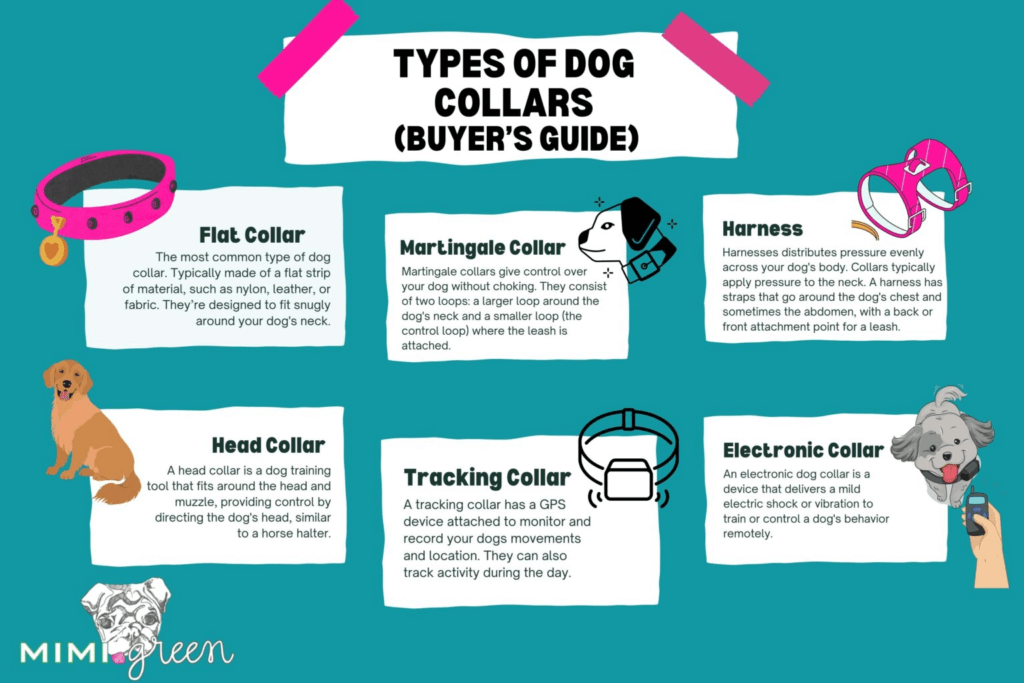
There’s no single solution that works for every dog. The right choice often comes down to trial, creativity, and a bit of patience.
While recovery tools like cones require careful sizing to work, your dog’s everyday collar should fit just as perfectly. Visit our Types of Dog Collars guide to explore which everyday collar style might suit your pup best.
Your dog’s breed, flexibility, wound location, and personality all shape what will work best. Stay calm, work closely with your veterinarian, and be open to combining multiple tools if needed.
Before You Go: Let’s Talk About Everyday Collars
If you’ve made it through the challenge of wound care, you know how much proper fit and comfort matter. And while Mimi Green doesn’t sell medical cones or braces, we do believe every dog deserves a collar that fits as thoughtfully as their recovery tools.
At Mimi Green, we hand-make custom dog collars designed for your pup’s everyday adventures, not just medical situations. Whether it’s our soft velvet, waterproof Biothane, or lightweight cotton options, our collars are made to fit your dog’s unique size, coat, and style.
Many of our customers first discover us while solving problems like irritation from poorly sized collars, long before or after surgery ever becomes a concern.
When your dog finally heals, give them a collar that feels as good as it looks. Explore our fully customizable collars, embroidered nameplates, and matching leashes, all made to order right here in the USA.
Because after the healing is done, your dog deserves something special 👉 Explore Mimi Green Collars now.
